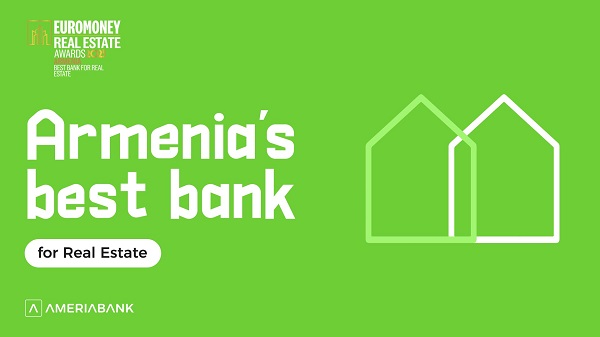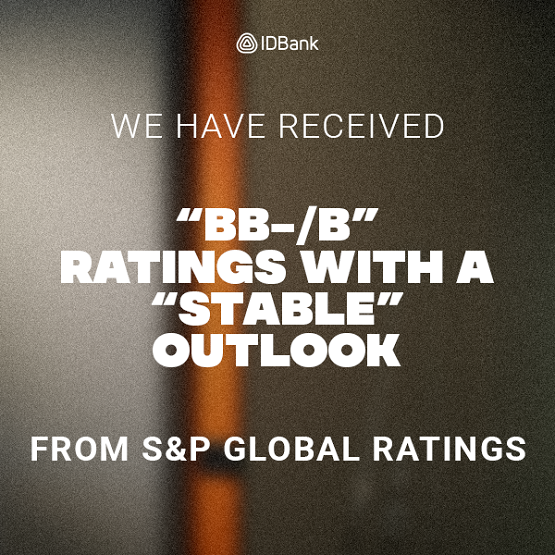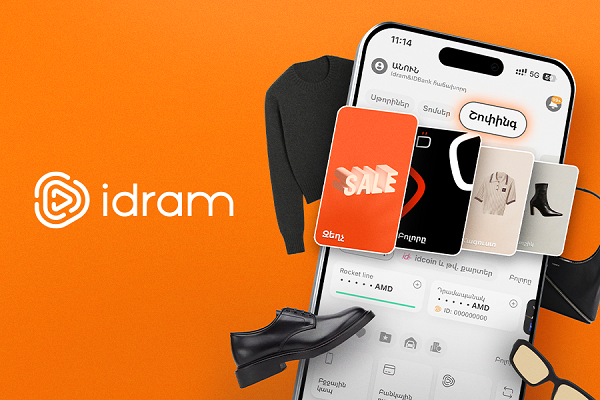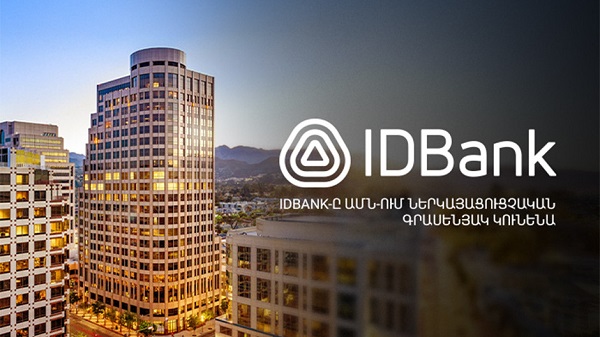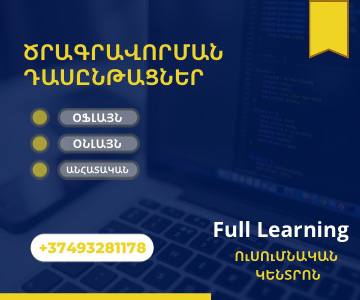Armenia is one of the regional leaders in the field of contactless QR payments. QR payments were introduced in the country in 2016. We spoke with Arsen Kdenian, Director of Idram, about the current state of QR payments and the future of the sector.
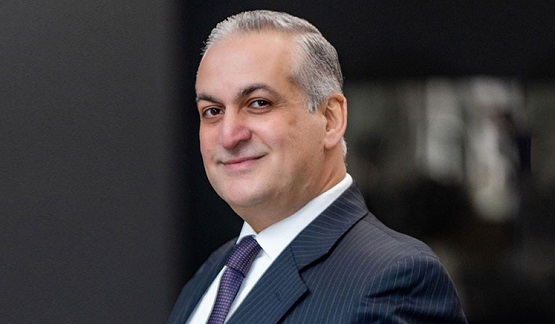
- Idram is a pioneer in implementing QR payments in Armenia. Since 2016, this payment method has grown significantly and continues to become more popular. What motivates people to use QR payments?
-Although the first QR payments appeared in 2016, Idram began actively developing the QR infrastructure in 2019, and in just five years, we have achieved unprecedented results. Hundreds of thousands of citizens are making cashless payments using Idram QR, and more than 22,000 retail locations in Armenia can accept Idram QR payments. All of these locations also offer digital installments through Rocket Line, the country’s first BNPL program, created with IDBank (Buy Now, Pay Later). Of these, 10,000 locations offer 0% Rocket Line installments with flexible payment terms ranging from 1 to 12 months.
In terms of statistics, over the first nine months of 2024, around 200,000 Idram users made QR payments, resulting in about 4 million transactions. These numbers show that interest in QR payments is growing rapidly, and merchants are eager to accept QR payments because it not only provides convenience for customers but also boosts sales through modern tools like Rocket Line.
- Today, we often hear the phrase “Idram for Everyone.” Are you referring to users or merchants?
-The phrase “Idram for Everyone” can be interpreted from various angles, including by age group. Generally, Idram is intended for adults, but two years ago, we launched "Idram Junior," Armenia’s first financial app for children. We are continuing to develop this to promote financial literacy among children. Recently, for example, we launched the “Junius” game in Idram Junior in partnership with the educational competition “Koreez.” Children play and learn about finance and cybersecurity.
So, yes, Idram is accessible for all ages, both adults and minors.
If we consider this from the perspective of trading and payment platforms, Idram offers over 500 services in the app, and the ability to pay online at more than 1,000 websites and stores, as I mentioned before. Additionally, Idram QR payments are accepted at 22,000 retail locations as part of various promotions and loyalty programs. Users can also collect and use idcoins.
From a B2B perspective, Idram provides merchants and online stores with payment tools and loyalty programs for easy, instant digital installment sales. For instance, merchants can offer bonuses to all or only their loyal customers, sell digital gift cards, and accept them as payments from those who have received the gift. Furthermore, both loyalty points and digital gift cards can be tracked and used directly in the Idram&IDBank app.
In summary, “Idram for Everyone” means accessibility for both consumers and merchants across a wide range of platforms.
However, we’re not stopping at what we’ve already built. We believe there’s much more potential for contactless QR payments in Armenia, and we’ve already taken steps to accelerate growth in this sector. We are now enabling users of our partner financial institutions—banks and payment organizations—to make payments through their own banking apps by scanning Idram QR codes at any of the supported locations. This further underscore and expands the idea of “Idram for Everyone.”
- Does this mean, for example, that a customer of one of your partner banks can make a payment using their bank’s app by scanning an Idram QR code? What benefits does this offer customers and your partner financial institutions?
-Yes, customers of partner financial institutions will be able to make payments at over 22,000 locations without downloading an additional app. They can use their bank’s mobile app and choose any of their accounts in that bank as the payment source.
This gives customers the convenience of continuing to use their existing banking app while providing the bank with another independent tool for facilitating cashless daily payments for their customers.
Technically, we are fully ready to launch this service. Several financial institutions have already integrated with our system, and we are in the testing phase. We are also in negotiations with other partners. Very soon, we will launch the service with several financial partners and look forward to welcoming more.
- Are there similar systems worldwide, and how will this project be implemented from a technical perspective? At first glance, it seems like a complex project.
-Yes, you’re correct. In countries like India, China, and Brazil, QR payments are growing at a fast pace. These countries have already implemented a common or interoperable QR infrastructure. For instance, in India, the Unified Payments Interface (UPI) standard has been introduced, and 65 mobile apps from various banks and fintech companies operate on this standard. In China, tech giants WeChat and AliPay have developed their own standards, which the entire Chinese fintech ecosystem follows. In Brazil, the QR payment standard was introduced by Pix, and local market participants have joined it.
Technically, it is not difficult to implement such a system for experienced participants, but the main challenge lies in the readiness of all market participants to adopt unified principles and standards.
Returning to our project, we’ve undergone long discussions and complex negotiations with market participants, allowing us to formulate common principles. In the coming weeks, we will announce the launch of the new Idram QR infrastructure in a real-world environment, with several Armenian banks and payment companies joining. We hope that, together with our partners, we will continue to develop the system, ensuring interoperability, standardization, and expanded opportunities for users.
COMPANIES REGULATED BY THE CBA





